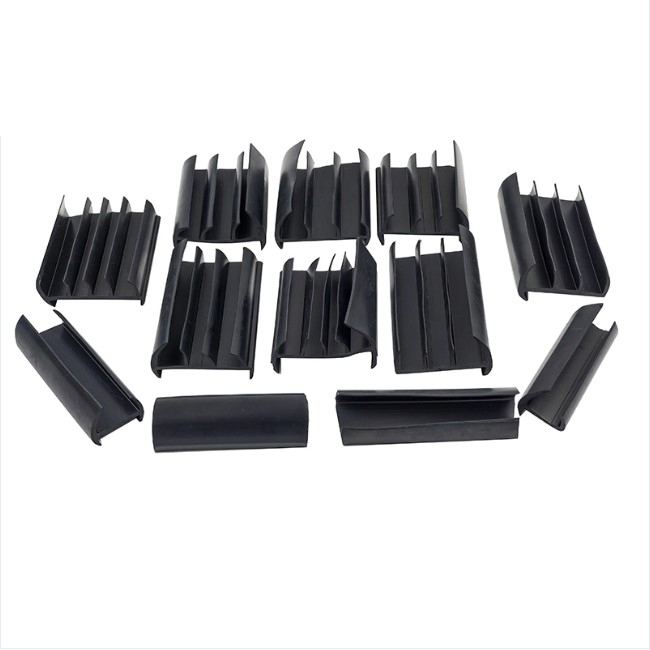Container sealing strips play a crucial role in maintaining the integrity of containers, ensuring that the contents remain secure and protected from external elements. Proper installation of these sealing strips is essential to guarantee a tight and effective seal. In this article, we will explore the importance of container sealing strips and discuss the best practices for their installation.
The container sealing strip, also known as a gasket or weather stripping, is designed to create a barrier between the container and its lid, door, or any other opening. It prevents the ingress of moisture, dust, and other contaminants, while also helping to maintain the internal temperature and pressure. Whether it's a shipping container, storage unit, or industrial equipment, the sealing strip is a critical component for ensuring the safety and security of the contents.

When it comes to installing container sealing strips, there are several key factors to consider. The first step is to ensure that the sealing strip is of the correct size and material for the specific application. It should be able to withstand the environmental conditions and provide a reliable seal over an extended period. Additionally, the surface where the sealing strip will be installed must be clean, dry, and free from any debris or residue that could compromise the effectiveness of the seal.
One of the most common methods for installing container sealing strips is the adhesive application. This involves applying a high-quality adhesive to the back of the sealing strip and then carefully positioning it along the sealing surface. It is important to apply even pressure to ensure that the strip adheres firmly and uniformly. Once in place, the adhesive should be allowed to cure according to the manufacturer's recommendations to achieve maximum bonding strength.

Another installation method involves using a mechanical fastening system, such as clips or screws, to secure the sealing strip in place. This method is particularly useful for applications where the sealing strip may be subjected to high levels of vibration or movement, as it provides additional reinforcement to prevent the strip from becoming dislodged.
In some cases, a combination of adhesive and mechanical fastening may be employed to ensure a secure and long-lasting seal. This hybrid approach can offer the benefits of both methods, providing a strong initial bond from the adhesive while also incorporating the added stability of mechanical fasteners.
Regardless of the installation method chosen, it is essential to carefully inspect the sealing strip after installation to confirm that it is properly aligned and securely attached. Any gaps or inconsistencies in the seal should be addressed promptly to prevent potential leaks or compromises in the container's integrity.
In conclusion, the installation of container sealing strips is a critical aspect of ensuring the security and effectiveness of containerized storage and transportation. By selecting the appropriate sealing strip and employing the proper installation method, it is possible to achieve a reliable and durable seal that protects the contents from external elements. Whether using adhesive, mechanical fastening, or a combination of both, attention to detail and adherence to best practices are essential for a successful installation.
Post time: Apr-11-2024
